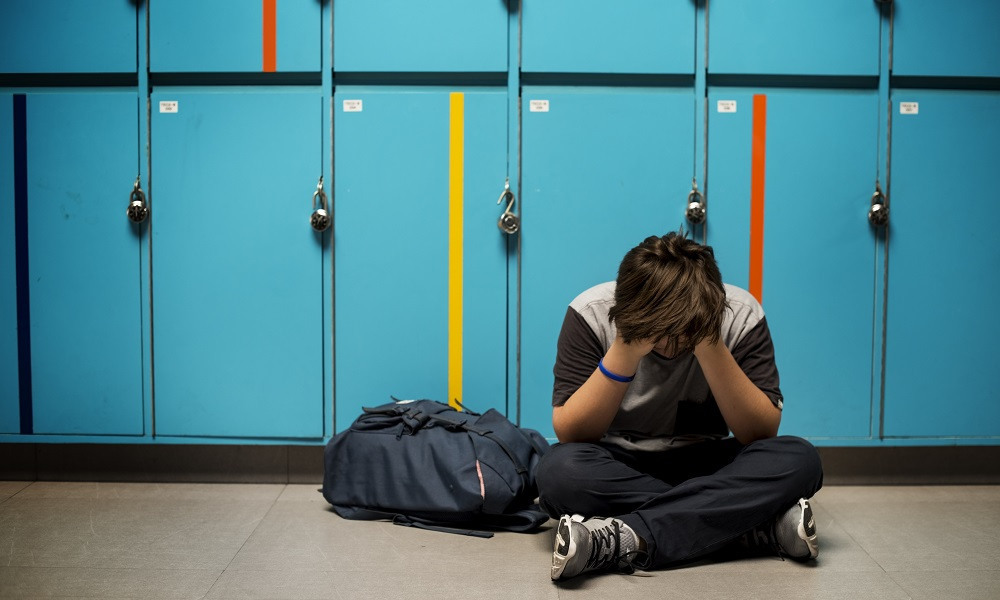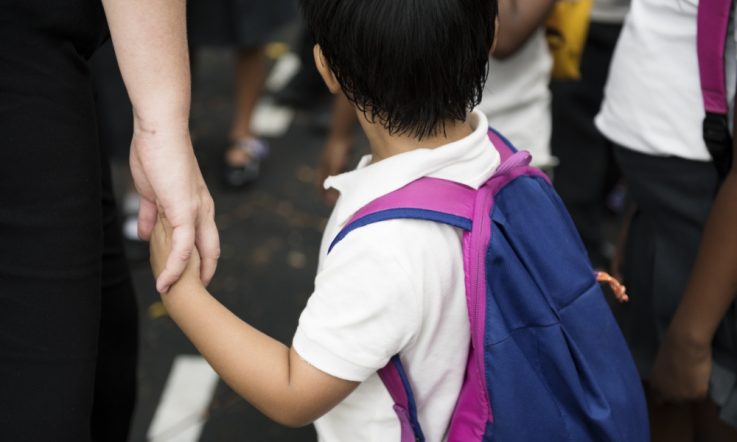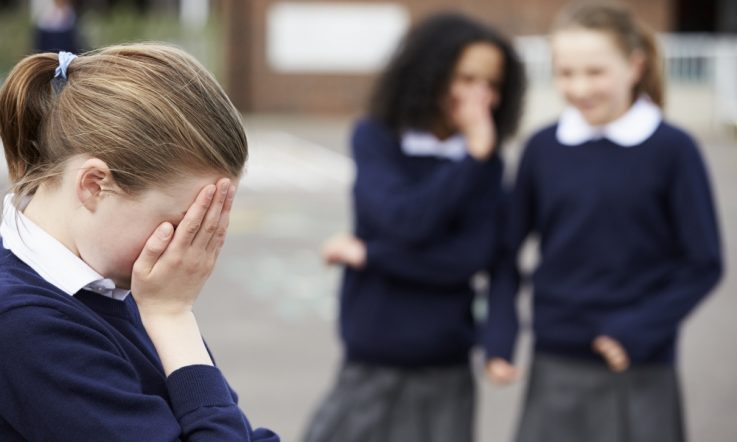How bullying victims perceive perpetrators and their behaviour is one consideration for educators when choosing appropriate intervention strategies.
A new study has looked at whether victims of bullying in Australian schools view the perpetrators as individuals or groups. Professor Ken Rigby, from the University of South Australia, shares the findings in the Australian Journal of Education (AJE).
Almost 1700 students in Years 5–10 were surveyed. Rigby found both male and female students reported being bullied by an individual more often than by groups, but that the negative effects of group bullying on students' wellbeing were generally more severe.
The survey was carried out in 36 schools across six states and territories in the final term of the 2015 school year. Students were asked how often they had been bullied that year by one person, and how often by a group, and the effect it had on them (emotional impact, absenteeism and negative effect on schoolwork). They were also asked about how safe they felt at school.
Data show: roughly half of the survey participants (57 per cent of boys and 48 per cent of girls) said they had never been bullied; 21 per cent of boys and 26 per cent of girls said they had been bullied by both individuals and groups; 17 per cent of boys and 21 per cent of girls reported being bullied only by individuals; and, 5 per cent of boys and 6 per cent of girls said they had been bullied only by groups.
The study found that being bullied (regardless of whether the perpetrators were perceived as individuals or groups) was related to reports of negative outcomes in terms of emotional effects, feeling unsafe at school, absenteeism and negative effects on schoolwork.
Writing in AJE, Rigby says there has been little research in this area. ‘Knowing what students tend to believe about the source of bullying they may experience is relevant to educational initiatives to counter bullying. There is a potential conflict between the attributions educators make about who or what is responsible for a student being bullied, and the perceptions or attributions that students themselves tend to make.'
Discussing implications for practice, he says educators may need to select different methods of intervention, depending on whether those involved in cases are individuals or groups.
‘… The findings suggest that group bullying, as distinct from individual bullying, as perceived by students, may have more severe consequences for student wellbeing and require appropriate group focused interventions.'
Rigby points out that the majority of interventions currently focus on individual bullies and individual victims. He says the study finding relating to student wellbeing suggests greater use of strategies to address group bullying, such as the Support Group Method and the Method of Shared Concern (and more teacher training in this area) is justified.
References
Rigby, K. (2020). How do victims of bullying in Australian schools view their perpetrators – As individuals or as groups? Implications for educators. Australian Journal of Education. https://doi.org/10.1177/0004944119894099.
The full paper, How do victims of bullying in Australian schools view their perpetrators – As individuals or as groups? Implications for educators, is free to access online in the Australian Journal of Education until 27 March, 2020.
What intervention strategies do you employ in your own school to tackle cases of bullying? Are different methods selected according to whether the cases involve individuals or groups?



